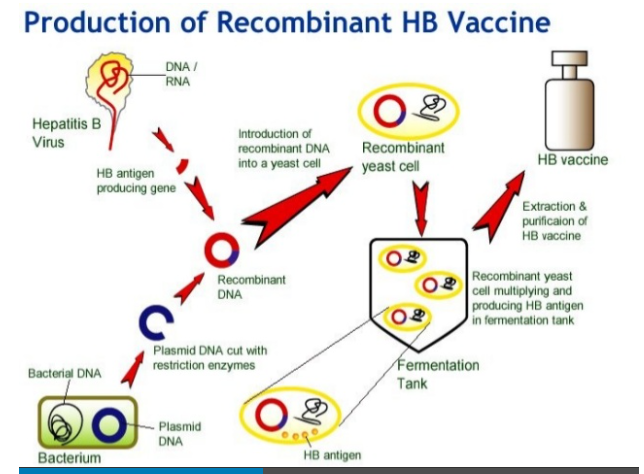
#SOLARA Active pharma-
CRAMS contribution in total revenue FY 19-5% , FY 20 10% , Target is 30% in next 2 yrs ( very much possible)
Ex CFO of PI industries joined Solara as CFO .
CRAMS contribution in total revenue FY 19-5% , FY 20 10% , Target is 30% in next 2 yrs ( very much possible)
Ex CFO of PI industries joined Solara as CFO .
#Solara active pharma partial pledge release -Vizag facility will start contributing from H2 , increase in ibuprofen capacity from 5000 MPTA to 8500 MPTA bseindia.com/xml-data/corpf…
@threader_app compile
#Solara and Aurore life sciences merger - Bahut dur tak jana hai 

• • •
Missing some Tweet in this thread? You can try to
force a refresh






